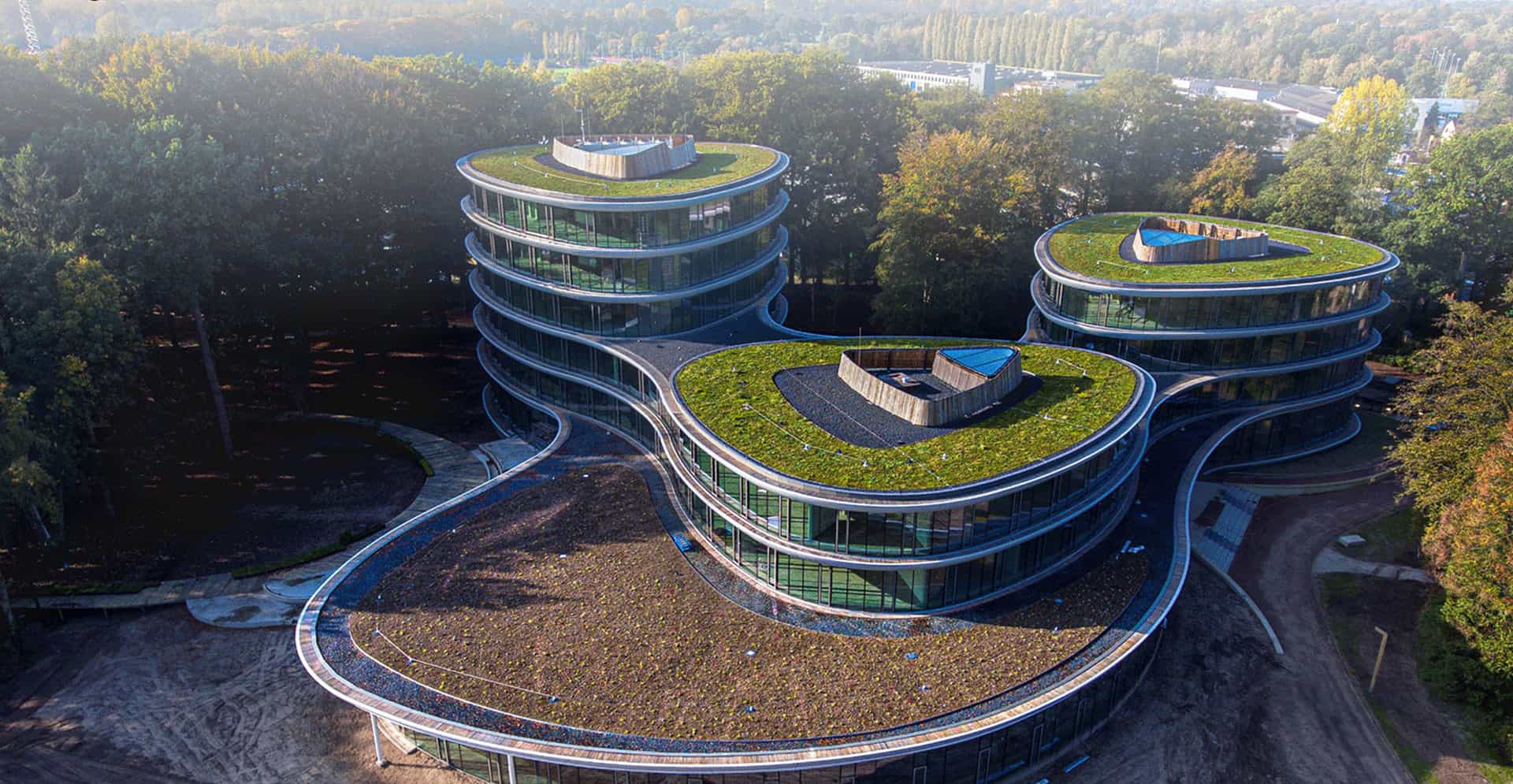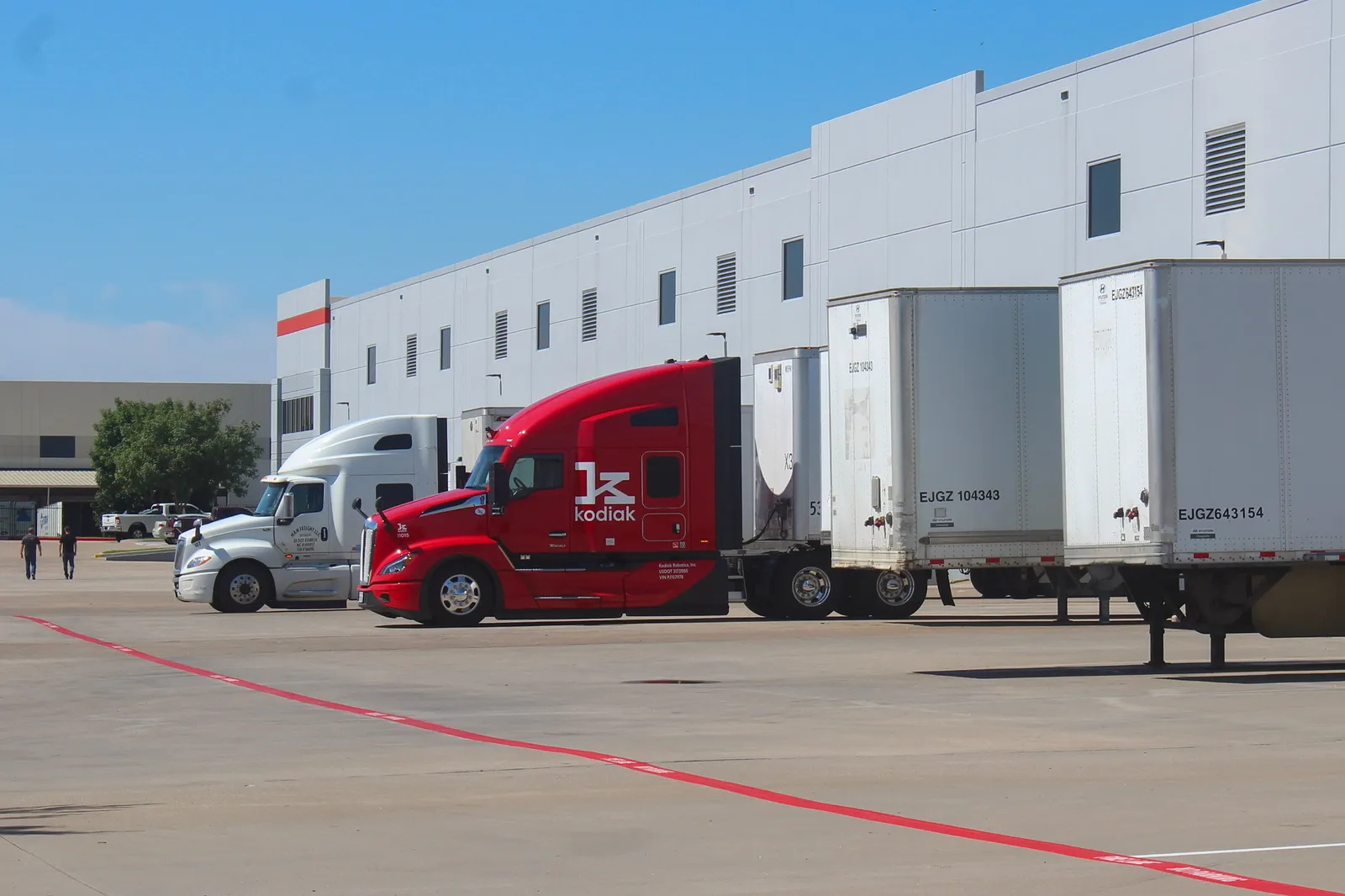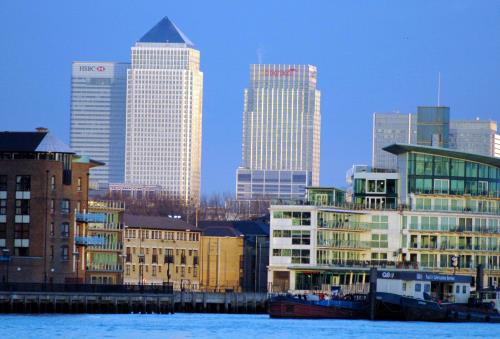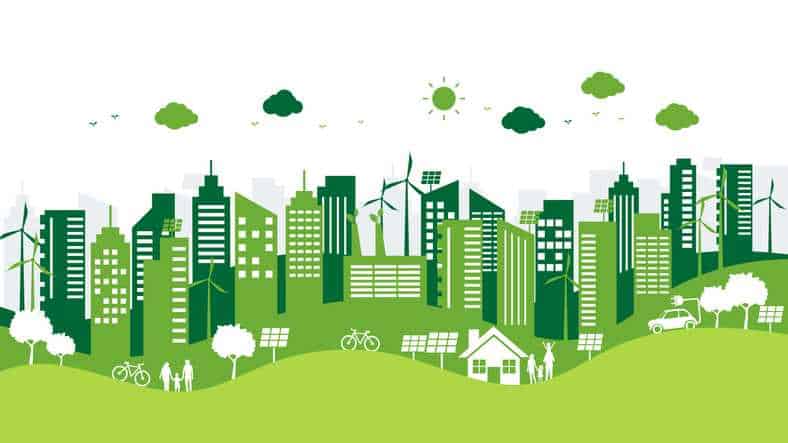The Biden administration, through the Building Technologies Office (BTO) of the U.S. Department of Energy, is shaping a national definition for zero emissions buildings. Stakeholders have until February 5 to contribute insights for Part 1, focusing on functional emissions. This initiative aims to establish a clear market signal and target for advancing buildings towards zero-emission goals.
Part 1 of the definition centers on three pillars: energy efficiency guidelines adherence, 100% clean energy utilization, and zero on-site emissions generation. Top green building programs are expected to integrate this definition into their certifications, fostering widespread adoption across the industry.
The draft definition also addresses life cycle emissions reduction, including embodied carbon and refrigerant impact minimization. It sets stringent criteria for both existing and new buildings, emphasizing energy performance benchmarks and renewable energy utilization.
Builders and designers will have various pathways to achieve emissions reduction, ensuring a uniform and tangible framework for zero-emissions buildings. Elizabeth Beardsley from the U.S. Green Building Council underscores the significance of this definition in shaping future decarbonization efforts and potentially influencing financial incentives for sustainable building practices.
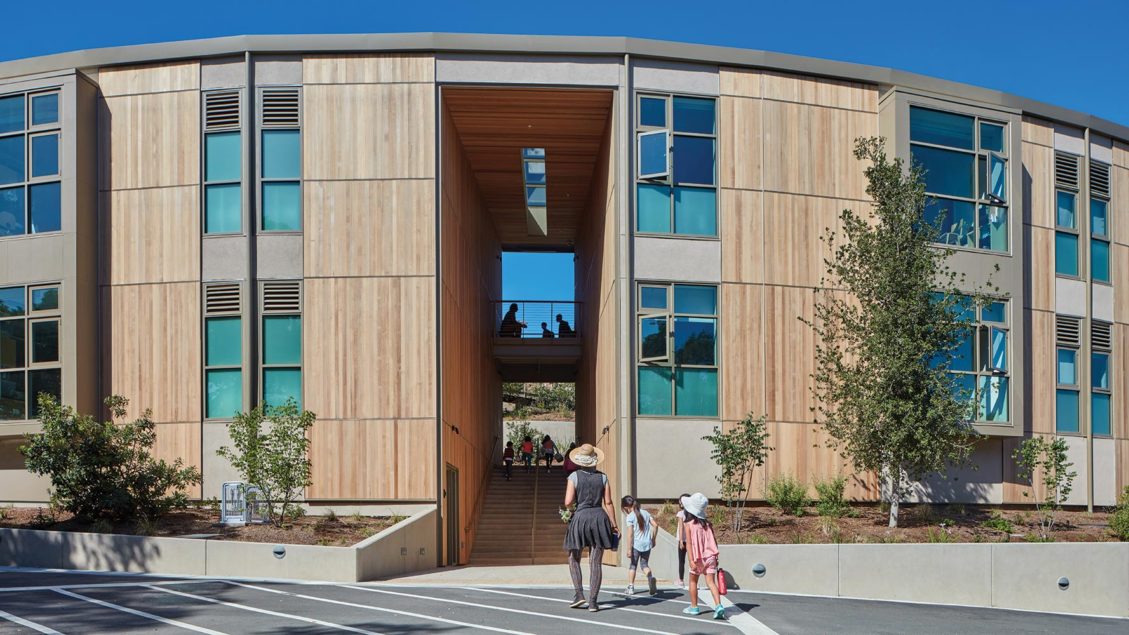
Defining the Future: BTO’s Roadmap for Zero-Emissions Buildings and Decarbonization Progress
Industry stakeholders have until February 5 to provide information for Part 1, which addresses functional emissions, as the Biden administration develops a national definition for zero-emissions buildings, according to the Building Technologies Office of the U.S. Department of Energy’s news release from January 3.
In response to the information request, the BTO said that a definition of zero emissions will be framed as” a distinct market signal and constant target, backed by measurable data, to help move buildings toward zero emission goals.” According to the release, it is looking for input from business, academia, research facilities, governmental organizations, and others.
The administration intends to base Part 1 of the definition of zero building operational emissions on three pillars: adherence to energy efficiency guidelines, the use of 100% clean energy, and zero on-site emissions generation from energy use, as White House National Climate Adviser Ali Zaidi announced in late September. Top green building programs are expected to include the definition in their certifications, according to the BTO.
The BTO says it may address these issues “in parts of the definition that will be released at a later date” in order to reduce the building’s entire life cycle emissions, which even includes reducing the amount of carbon that is embodied in the structure and minimizing the impact of refrigerants.
Charting the Path to Net-Zero: Defining Energy Efficiency and Renewable Energy Utilization in Building Standards
The draft definition would require an existing building’s energy performance to place it in the top 25% of the market for structures with a similar use in order to meet the requirement for energy efficiency. According to the definition, these requirements must be met by an Energy Star score of 75 or higher or a recorded complete building energy use intensity that is at least 35% higher than the median EUI.
The draft defines “highly energy successful” for new buildings as total building energy use that is at least 10% lower than that required by the most recent ASHRAE 90.1 model code or the International Energy Conservation Code. According to this rule, structures must be built to have an Energy Star score of 90 or higher and achieve energy performance in the top 10% of comparable structures.
According to the definition, a building’s emissions must equal zero through any combination of on- and off-site clean energy in order to comply with the requirement that it be powered by 100% renewable energy. If the building is using a 100% green power product, the skilled solar power procurement must adhere to the requirements of ASHRAE Standard 228‘s sections 8.3 to 8.5, U.S. Environmental Protection Agency Green Power Partnership guidelines, or be green-e qualified and profit to regulation. The draft also states that district energy must be produced from clear, emission-free sources, noting that carbon offsets do not meet this requirement.
Paving the Way: A Framework for Decarbonization through National Zero-Emissions Building Definition
The national definition will offer builders and designers “multiple pathways” to reduce emissions from buildings through their design and operations, creating a “uniform, continuous, and tangible basis” for zero emissions buildings.
Elizabeth Beardsley, senior policy counsel at the U.S. Green Building Council, stated in an interview that “having a definition doesn’t directly affect what an individual building will have to do or not do to decarbonize.” The significance of this definition lies in its potential for widespread adoption, she said, noting that if it becomes a common, it might result in the emergence of natural banks. She explained that the definition might affect the financial incentives and support mechanisms provided by these alternative banks, encouraging initiatives like retrofitting existing buildings to adopt environmentally friendly practices and hasten decarbonization progress.

